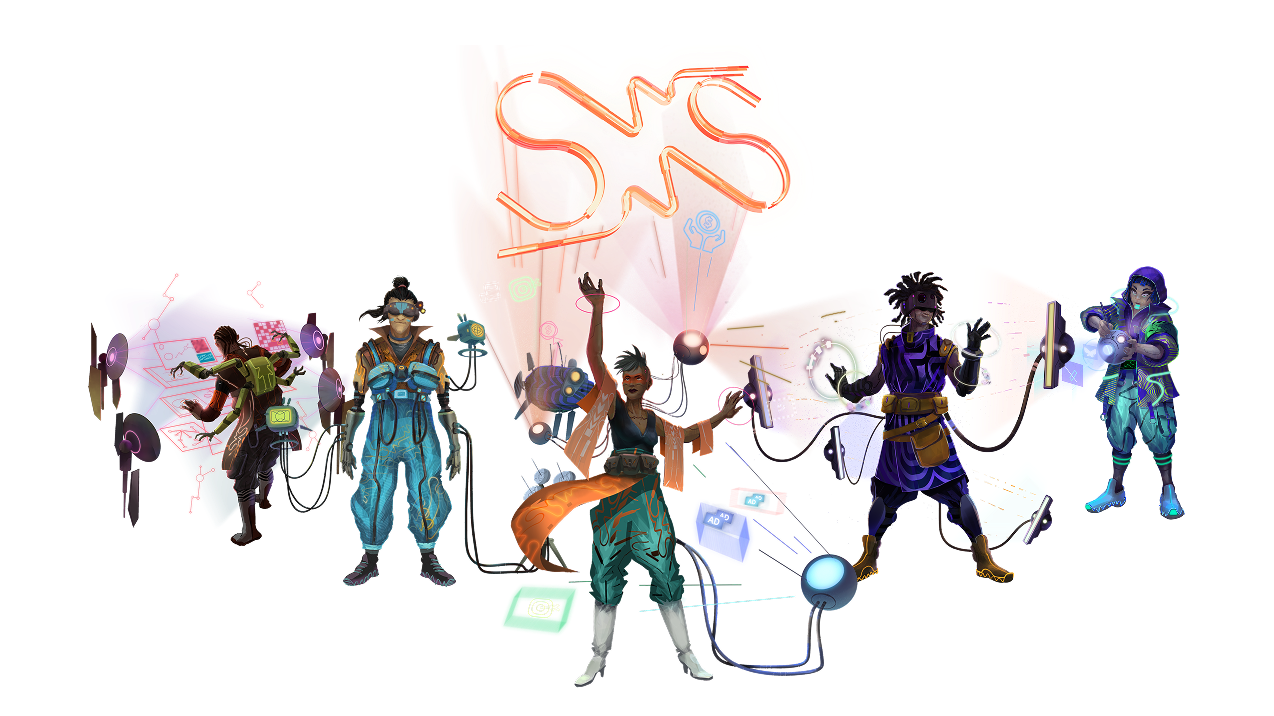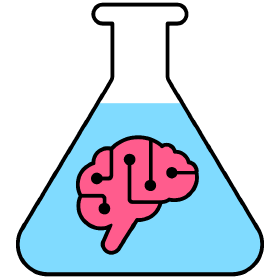
As AI tools like ChatGPT, Perplexity, and others gain popularity, many businesses are seeking ways to monitor how much traffic these platforms drive to their websites.
While tracking traffic from AI tools can be tricky—because they often don’t provide direct backlinks or identifiable referral data—Google Analytics remains a powerful tool for uncovering trends and identifying potential sources of AI-related traffic. In this article, we’ll explore how you can use Google Analytics to track traffic from AI tools.
1. Leverage Referral Traffic Reporting
One of the most basic and effective ways to monitor AI-driven traffic is through Google Analytics’ Referral Traffic report. This feature allows you to see where your visitors are coming from, whether it's from search engines, other websites, or potentially AI tools that link to your site.
While tools like ChatGPT don’t typically generate clickable links, AI-powered search engines like Perplexity may direct users to your website. Referral traffic reports can help you track these sources.
Steps:
- In Google Analytics, navigate to Acquisition > All Traffic > Referrals.
- Examine the list of referring domains to identify new or unfamiliar sources of traffic that may indicate an AI tool.
- Keep an eye out for sudden spikes in traffic from unknown sources, which could be tied to AI tools recommending your site.
2. Use Source/Medium Tracking for Campaigns
If you are working with AI tools or platforms that support links (e.g., Perplexity), you can track traffic from these specific campaigns by using Source/Medium tracking in Google Analytics. This allows you to create trackable URLs using UTM parameters, making it easier to identify and measure traffic from AI platforms.
You can create custom UTM parameters for campaigns related to AI tool traffic and monitor how much traffic those sources generate.
Steps:
- Use Google’s Campaign URL Builder to create UTM-tagged links. For instance, you can use utm_source=AItool and utm_medium=referral.
- In Google Analytics, navigate to Acquisition > Campaigns > All Campaigns to view the traffic tied to your UTM tags.
- Analyze the data to see how much traffic your campaigns on AI-powered platforms generate.
3. Monitor Direct Traffic for Patterns
Not all AI-driven traffic will be classified as referral traffic. In some cases, AI tools might drive traffic that appears as Direct Traffic in Google Analytics, especially when links aren’t explicitly clicked but users manually type your website URL after interacting with AI-generated content.
To monitor this:
Steps:
- Navigate to Acquisition > All Traffic > Channels and click on Direct Traffic.
- Look for unusual increases in direct traffic that don’t correspond with other marketing activities. This could signal users coming to your site after encountering your content in AI-powered tools.
- Further filter by landing pages or user location to identify potential traffic patterns related to AI tools.
4. Track User Behavior to Identify AI-driven Visitors
Once AI-driven visitors land on your website, you can use Google Analytics’ Behavior Flow and User Segmentation to analyze how these users interact with your site. While it may be difficult to pinpoint AI-driven visitors specifically, you can identify behavior patterns that match users who might have been directed by AI tools.
Steps:
- In Google Analytics, go to Behavior > Behavior Flow to visualize how visitors navigate through your site.
- Look for patterns in behavior flow that may indicate new visitors with limited prior exposure to your site—potentially coming from AI recommendations.
- You can also create a segment for first-time visitors and analyze their behavior in greater detail to infer AI-generated traffic.
5. Set Up Alerts for Unusual Traffic Spikes
Google Analytics allows you to create Custom Alerts that notify you when there are significant traffic spikes, which may be tied to AI tools recommending your site. Setting up these alerts can help you stay on top of sudden increases in traffic from AI-driven platforms, especially if you monitor key sources or behaviors.
Steps:
- Go to Admin > View > Custom Alerts and create a new alert.
- Set criteria for traffic spikes, such as an unusual increase in direct or referral traffic, to get real-time notifications when an AI tool may be driving traffic.
- Analyze these traffic spikes alongside referral sources and user behavior to confirm if they are AI-driven.
Conclusion
Tracking traffic from AI tools using Google Analytics is not always straightforward, as these platforms often don’t provide explicit referral data. However, by leveraging Google Analytics features such as referral traffic reports, UTM tracking, direct traffic analysis, and behavior monitoring, you can uncover valuable insights into how AI tools may be influencing your website’s traffic. By setting up custom alerts and carefully analyzing patterns, you can stay ahead of AI-driven traffic and capitalize on these emerging trends.
Undoubtedly these tools will evolve and so will means of tracking exposure and traffic reporting from them. Beyond this, it is extremely likely that these tools will eventually sell advertising as a means of generating revenue - Google set this precedent and unfortunately the allure of this sort of revenue will probably prove
Find a B2B SaaS Expert
We've collected a directory of B2B SaaS experts and agencies that we've reviewed and categorised based on service and specialism for your review.














